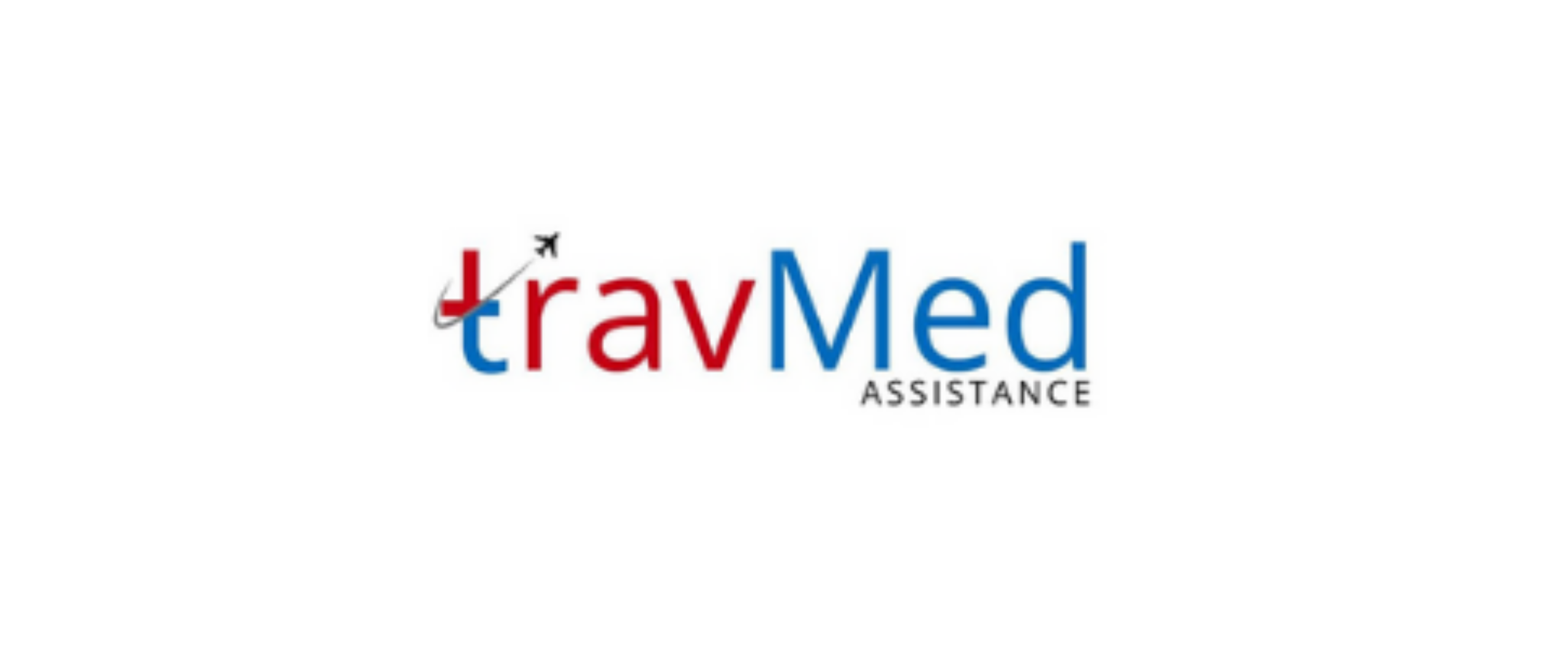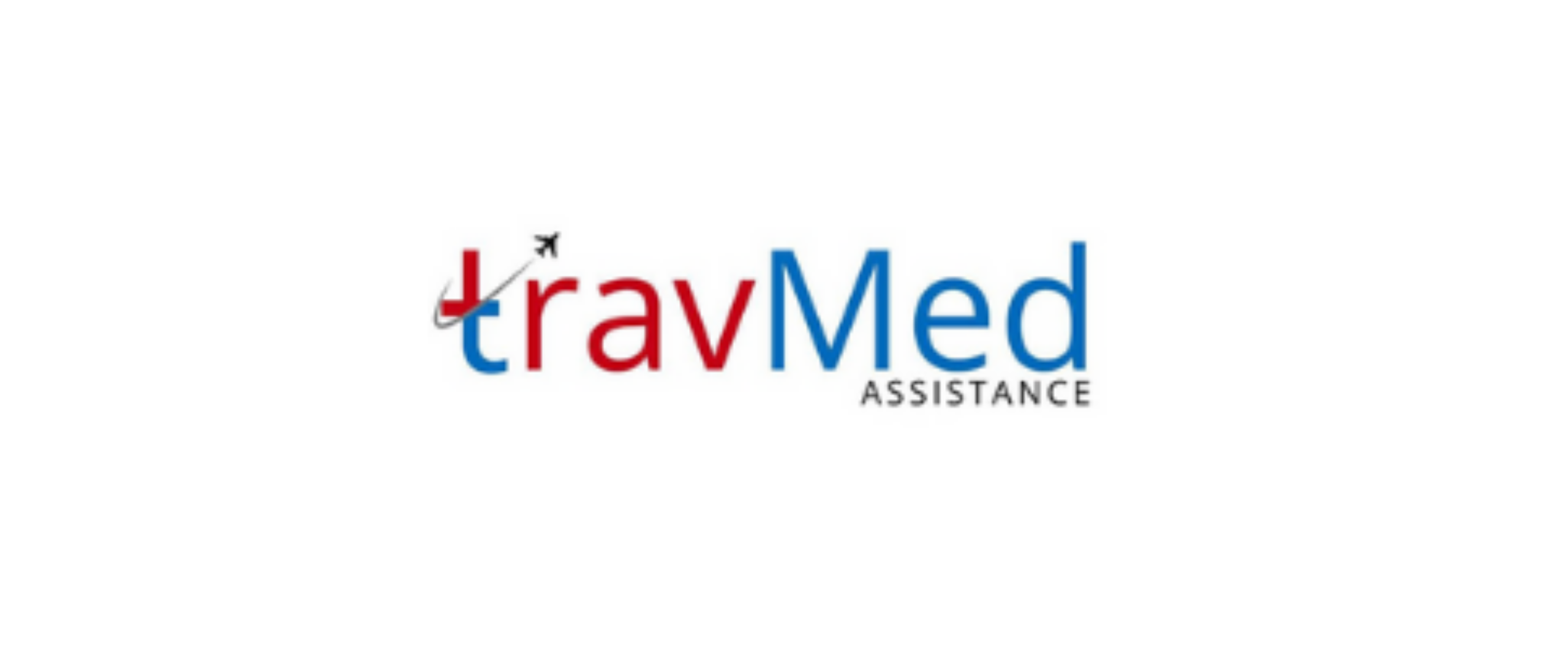
A medevac, short for medical evacuation, is a specialized emergency service in Nepal that transports critically ill or injured patients to appropriate medical facilities. This service is particularly vital in Nepal due to its challenging terrain and limited healthcare infrastructure in remote areas. Medevac operations in Nepal often involve the use of helicopters or fixed-wing aircraft to quickly transport patients from remote locations to hospitals in major cities like Kathmandu. These services are essential for both Nepali citizens and foreign visitors who may require urgent medical attention while in the country. Medevac missions in Nepal are conducted by trained medical professionals and flight crews who are equipped to provide in-flight medical care and stabilization.
Who provides medevac services in Nepal?
Several organizations and companies provide medevac services in Nepal. The primary providers include:
- Nepal Army Air Service
- Simrik Air
- Fishtail Air
- Air Dynasty
- Shree Airlines
- Yeti Airlines
- Tara Air
These providers operate a fleet of helicopters and fixed-wing aircraft specifically equipped for medical emergencies. Additionally, international assistance companies like Global Rescue and International SOS work in partnership with local providers to facilitate medevac services for their members. The Nepal government also coordinates with these providers during large-scale emergencies or natural disasters to ensure efficient medical evacuations. It’s worth noting that the availability and capacity of these services may vary depending on the location and severity of the medical emergency.
How is the medevac process organized?
The medevac process in Nepal is a coordinated effort involving multiple stakeholders. Here’s a step-by-step overview:
- Emergency notification: The process begins when a medical emergency is reported to a medevac service provider or assistance company.
- Medical assessment: A medical professional evaluates the patient’s condition to determine the necessity of a medevac.
- Flight planning: The medevac provider plans the flight, considering factors such as weather conditions, landing sites, and the patient’s medical needs.
- Team deployment: A medical team, typically including a doctor and nurse, is dispatched along with the flight crew.
- Patient stabilization: Upon reaching the patient, the medical team provides immediate care and prepares the patient for transport.
- Evacuation: The patient is carefully transferred to the aircraft and flown to the designated medical facility.
- Handover: Upon arrival, the patient is transferred to the receiving medical team for further treatment.
Throughout this process, constant communication is maintained between the medevac team, ground support, and receiving medical facilities to ensure seamless coordination and optimal patient care.
What documents are required for medevac?
Organizing a medevac in Nepal requires several essential documents. These include:
- Patient’s identification (passport for foreigners, citizenship card for Nepalis)
- Medical reports and history
- Insurance information (if applicable)
- Consent form for medical evacuation
- Travel visa (for foreigners)
- Letter from the treating doctor recommending medevac
- Customs declaration form (for international transfers)
- Receiving hospital acceptance letter
- Flight manifest
- Medical equipment list (for customs clearance)
For international medevacs, additional documents may be required:
- Air ambulance flight plan
- Overflight and landing permits
- Crew and medical staff credentials
It’s crucial to have these documents prepared in advance or quickly accessible to avoid delays in the medevac process. Many medevac service providers in Nepal assist in organizing and obtaining the necessary paperwork to expedite the evacuation.
How much does organizing a medevac cost?
The cost of organizing a medevac in Nepal can vary significantly based on several factors. These include:
- Distance of evacuation
- Type of aircraft used (helicopter or fixed-wing)
- Medical equipment and personnel required
- Urgency of the evacuation
- Patient’s condition and necessary in-flight care
- Landing fees and permits
On average, a helicopter medevac within Nepal can cost between $3,000 to $8,000 USD. For longer distances or international evacuations using fixed-wing air ambulances, costs can escalate to $20,000 – $100,000 USD or more. It’s important to note that these are approximate figures and actual costs can vary. Many travelers opt for travel insurance or membership with global assistance companies to cover potential medevac expenses. For Nepali citizens, the government sometimes subsidizes medevac costs in certain emergency situations, particularly during natural disasters. However, it’s advisable to have a financial plan or insurance coverage in place for potential medical emergencies.
How long does it take to arrange a medevac?
The time required to arrange a medevac in Nepal can vary depending on several factors. In urgent cases, a medevac can be organized within 1-3 hours. However, this timeframe can extend to 6-12 hours or more in complex situations. Factors affecting the arrangement time include:
- Patient location and accessibility
- Weather conditions
- Time of day (night operations may take longer to arrange)
- Availability of suitable aircraft and medical teams
- Complexity of the patient’s medical condition
- Documentation and permit requirements, especially for international transfers
For remote areas of Nepal, additional time may be needed to coordinate ground transportation to a suitable landing site. In cases involving foreign nationals, extra time might be required to liaise with embassies or international insurance providers. Medevac service providers in Nepal strive to minimize response times through 24/7 operations centers and pre-established protocols. However, it’s crucial to initiate the medevac process as soon as possible in medical emergencies to ensure timely evacuation and treatment.
Are medevac services available for foreign nationals?
Medevac services in Nepal are indeed available for foreign nationals. These services cater to tourists, trekkers, mountaineers, and expatriates who may require emergency medical evacuation during their stay in Nepal. Several factors facilitate medevac services for foreigners:
- International partnerships: Many Nepali medevac providers collaborate with global assistance companies.
- Multilingual support: Major providers offer services in multiple languages to assist foreign patients.
- Embassy coordination: Medevac companies work closely with embassies to facilitate evacuations for their citizens.
- Travel insurance acceptance: Most providers accept international travel insurance for payment.
- Cross-border capabilities: Some services can arrange international transfers to the patient’s home country if necessary.
Foreign nationals should note that having comprehensive travel insurance with medevac coverage is highly recommended when visiting Nepal. This ensures quick access to evacuation services without financial constraints. Additionally, registering with one’s embassy upon arrival in Nepal can expedite the process if a medevac becomes necessary. While medevac services are available to foreigners, the process may involve additional documentation and coordination compared to services for local residents.
How reliable are medevac service providers?
Medevac service providers in Nepal generally maintain a high level of reliability, given the critical nature of their operations. Several factors contribute to their reliability:
- Experienced crews: Most providers employ highly trained pilots with extensive experience in Nepal’s challenging terrain.
- Modern equipment: Many companies use state-of-the-art aircraft and medical equipment.
- Regular maintenance: Strict maintenance schedules ensure aircraft readiness.
- Safety protocols: Providers adhere to international aviation safety standards.
- 24/7 operations: Most services operate round-the-clock to respond to emergencies.
However, reliability can be affected by external factors such as extreme weather conditions, which are common in Nepal’s mountainous regions. During peak tourist seasons or natural disasters, demand for services may exceed capacity, potentially causing delays. It’s also worth noting that the reliability of services may vary between providers, with larger, more established companies generally offering more consistent services. To ensure reliability, it’s advisable to choose providers with good reputations and track records. Travelers and residents in Nepal should also have backup plans and be prepared for potential delays in extreme situations.
Can medevac services be arranged from remote areas?
Medevac services can indeed be arranged from remote areas in Nepal, which is crucial given the country’s rugged terrain and limited road access in many regions. However, evacuations from remote locations present unique challenges:
- Limited landing sites: Helicopters may need to use improvised landing zones in remote areas.
- Weather dependence: Poor visibility or strong winds can delay operations in mountainous regions.
- Communication challenges: Remote areas may have limited phone or internet connectivity.
- Extended response times: Reaching remote locations may take longer than urban areas.
Despite these challenges, medevac providers in Nepal have developed strategies to serve remote areas:
- Use of short take-off and landing (STOL) aircraft for areas with small airstrips
- Coordination with local guides and authorities to identify suitable landing sites
- Deployment of ground teams to prepare landing zones when necessary
- Use of satellite communication systems for areas with poor connectivity
Travelers venturing into remote areas of Nepal should carry satellite phones or emergency beacons to facilitate communication in case of emergencies. It’s also advisable to inform local authorities or trekking agencies of travel plans to aid in potential rescue efforts. While medevac from remote areas is possible, it may take longer and cost more than evacuations from more accessible locations.
How do I request a medevac in Nepal?
Requesting a medevac in Nepal involves several steps:
- Assess the situation: Determine if the medical condition requires immediate evacuation.
- Contact emergency services: Call 102 for ambulance services or 100 for police assistance.
- Reach out to a medevac provider: Contact a reputable medevac company directly or through your insurance provider.
- Provide essential information: • Patient’s name, age, and current location • Nature of the medical emergency • Patient’s current condition and vital signs (if known) • Any relevant medical history • Contact details of accompanying persons
- Follow instructions: The medevac provider will guide you on preparing for the evacuation.
- Prepare necessary documents: Gather identification, medical records, and insurance information.
- Secure landing area: If in a remote location, help identify or prepare a suitable landing site as directed.
- Stay in communication: Keep your phone accessible for updates from the medevac team.
For travelers, it’s advisable to have emergency contact numbers, including those of your insurance provider and embassy, readily available. In trekking or mountaineering scenarios, inform your guide or expedition leader immediately if you suspect a medical emergency requiring evacuation.
Are services available 24/7 in Nepal?
Medevac services in Nepal are indeed available 24/7, reflecting the unpredictable nature of medical emergencies. This round-the-clock availability is a critical aspect of emergency medical services in the country. Key points regarding 24/7 medevac services in Nepal include:
- Continuous operations: Major medevac providers maintain 24-hour operations centers.
- Night-flying capabilities: Many helicopters are equipped for night operations, though with certain limitations.
- On-call medical teams: Medical professionals are available round-the-clock for immediate deployment.
- Weather monitoring: 24/7 weather assessment ensures flight safety at all hours.
- Multiple bases: Strategic placement of aircraft and crews allows for quick response across the country.
However, it’s important to note that while services are available 24/7, certain factors may affect night operations:
- Reduced visibility in mountainous areas can limit night flights
- Some remote areas may not have suitable night landing facilities
- Severe weather conditions may ground aircraft regardless of the time of day
Despite these potential limitations, medevac providers in Nepal strive to offer services at any time they are needed. The 24/7 availability significantly enhances the chances of timely medical intervention in emergency situations, particularly in a country with challenging geography and limited healthcare infrastructure in remote areas.
How is patient safety ensured during medevac?
Patient safety is a top priority during medevac operations in Nepal, with multiple measures in place to ensure the well-being of patients throughout the evacuation process:
- Skilled medical personnel: Medevac flights are staffed with experienced doctors and nurses trained in emergency and aviation medicine.
- Advanced medical equipment: Aircraft are equipped with state-of-the-art medical devices, including ventilators, defibrillators, and monitoring systems.
- Aircraft selection: The most suitable aircraft is chosen based on the patient’s condition and the evacuation route.
- Pre-flight medical assessment: A thorough evaluation is conducted to ensure the patient is stable for air transport.
- In-flight care: Continuous monitoring and treatment are provided throughout the flight.
- Oxygen systems: Aircraft are equipped with medical-grade oxygen supplies for patients requiring respiratory support.
- Secure patient loading: Special equipment is used for safe loading and unloading of patients.
- Communication systems: Constant communication is maintained with ground medical teams and receiving hospitals.
- Flight planning: Routes are carefully planned to minimize flight time and avoid turbulence.
- Infection control: Strict hygiene protocols are followed to prevent infections during transport.
- Emergency protocols: Crews are trained to handle in-flight medical emergencies.
- Post-flight handover: Detailed patient information is provided to receiving medical teams for continuity of care.
These comprehensive safety measures ensure that patients receive the highest standard of care possible during what is often a critical period in their treatment. The combination of medical expertise, advanced equipment, and aviation safety protocols makes medevac a safe option for transporting critically ill or injured patients in Nepal.


